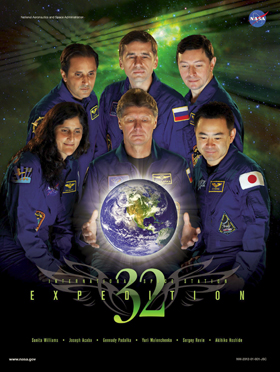NASA Education has hundreds of lesson plans and classroom activities that enhance the practical application of science, technology, engineering and mathematics, or STEM. These lessons can be used at anytime. But on occasion, NASA Education offers special opportunities that involve your students in NASA’s mission.
The newest opportunity is the Exploration Design Challenge. Students around the world from grades K-12 are invited to research and design ways to protect astronauts from space radiation. After students complete the activities, their teacher registers the students on the Exploration Design Challenge site and downloads their certificates of participation.
Students who participate will have their names flown on the test flight of the new Orion spacecraft next year.
Please Note: If you leave a comment, do not include a link to your blog or other websites. We typically won’t be able to approve your comment if you add a URL.


 the Failure Prevention module, she described the job that she and her teammates do in the failure analysis lab as NASA’s version of detective work. In their interviews, Long and materials engineer Clara Wright both mentioned something about their childhoods
the Failure Prevention module, she described the job that she and her teammates do in the failure analysis lab as NASA’s version of detective work. In their interviews, Long and materials engineer Clara Wright both mentioned something about their childhoods 






